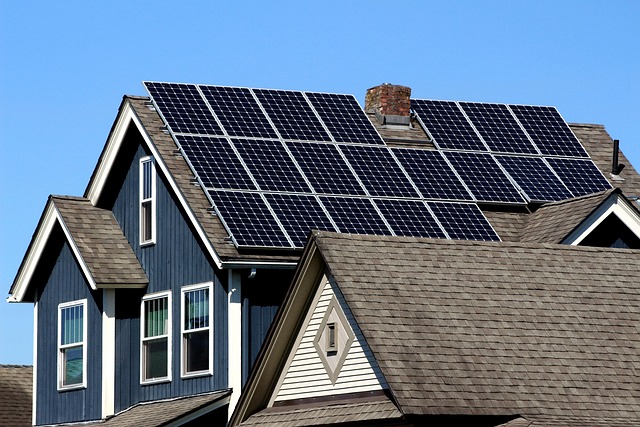
In recent years, more homeowners have been turning their attention toward sustainability—installing solar panels, upgrading insulation, swapping out old systems for energy-efficient models, and even collecting rainwater for landscape use. These upgrades can improve comfort, reduce monthly bills, and lessen environmental impact. But when it comes time for a home inspection, how do these green improvements really stack up?
From an inspector’s perspective, eco-friendly features are certainly appealing, but they still need to meet the same standards of safety, functionality, and compliance as any other home system. The goal of an inspection is to evaluate how these upgrades integrate with the structure, electrical systems, plumbing, and mechanical components—not just how energy efficient they are.
Solar Panels and Electrical Systems
Solar power systems are among the most common eco upgrades today. During an inspection, what matters most is whether the system was installed correctly and safely. Inspectors look for proper wiring, secure mounting on the roof, and evidence that the installation didn’t compromise the roofing materials. The electrical connections must conform to current code requirements and safely tie into the main service panel. While inspectors typically don’t test the panels’ energy production, they will note the overall condition and potential safety concerns.
Energy-Efficient Windows and Insulation
High-performance windows and upgraded insulation often pass inspection smoothly—provided they were installed properly. The focus is on fit, sealing, and moisture control. Even the most efficient materials won’t perform well if there are gaps, condensation issues, or poorly executed installation. Inspectors also look at attic ventilation to ensure the home “breathes” correctly, preventing mold or heat buildup that can shorten roof life.
HVAC Systems and Smart Controls
Replacing older systems with high-efficiency heat pumps or variable-speed units is a strong move for both comfort and energy savings. During inspection, attention goes to ductwork integrity, proper drainage from condensate lines, and whether the system appears adequately sized for the home. Smart thermostats are checked for proper operation, but they don’t influence the inspection outcome unless wiring or control issues are present.
Water Conservation Features
Low-flow fixtures, tankless water heaters, and rainwater harvesting systems are increasingly common. Inspectors verify that these features are installed in compliance with plumbing codes, have appropriate backflow prevention, and do not introduce cross-connection risks. A properly installed tankless unit is a plus, but one with poor venting or inadequate gas supply could be flagged as a safety concern.
Final Thoughts
Eco-friendly upgrades can add genuine value to a home, but the key is proper installation and adherence to code. A home inspection doesn’t rate the “green factor”—it ensures that every component, sustainable or not, is safe, reliable, and performing as intended. When thoughtfully executed, environmentally conscious upgrades not only reduce energy use but also stand up confidently under professional scrutiny.


